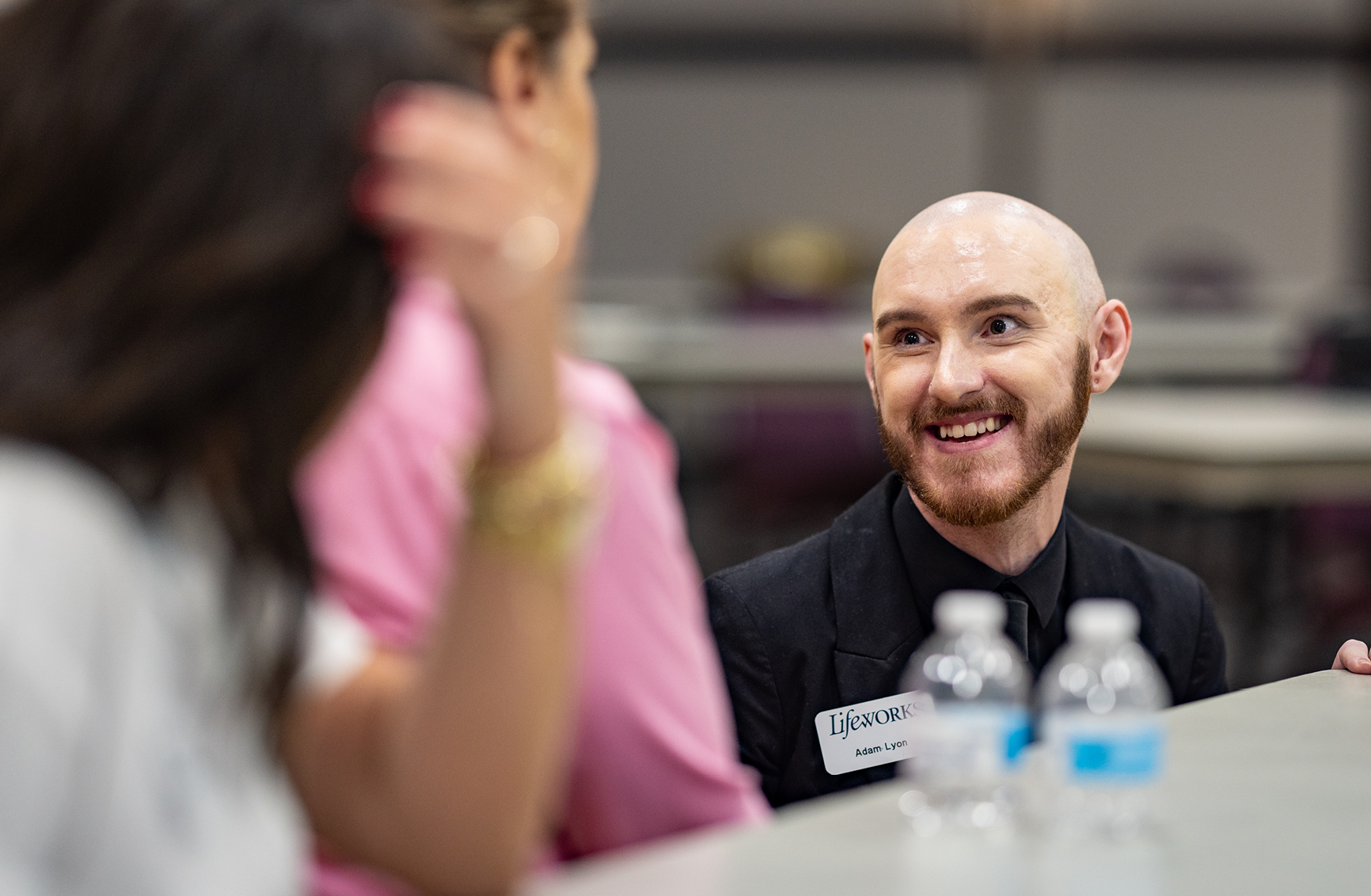BLOG
From Compliance to Culture: Buildng Accessible Workplaces
In our first blog, we covered why disability inclusion is good for business. So now how do organizations move from awareness to action?
Here’s a roadmap for embedding disability inclusion into every layer of your business:
Step 1: Commit from the top
Action: Executive leaders should make accessibility a visible priority, backed by policy and budget.
Impact: Sends a clear message that inclusion is a part of business strategy, not a side project.
Step 2: Audit your barriers.
Action: Review digital tools, hiring processes, physical spaces, and company culture. Ask employees with disability what’s working and what isn’t.
Impact: Reveals where change will make the biggest impact and have and highest ROI.
Step 3: Invest in education.
Action: Provide disability inclusion training for HR, managers, and coworkers.
Impact: Builds confidence and reduces unintentional bias.
Step 4: Offer accommodations early and easily.
Action: Normalize the process. Use clear, accessible forms and emphasize that adjustments are standard practice.
Impact: Improves productivity and morale.
Step 5: Partner with the community.
Action: Collaborate with disability-led organizations and consultants to co-design solutions.
Impact: Centers lived experience and ensures real accessibility.
Step 6: Track and share progress.
Action: Measure hiring, retention, promotions, and engagement by disability status. If you don’t already engage in global self-identification surveys, this is a great time to start.
Impact: Data drives accountability and transparency.
Inclusion isn’t static — it’s a process of continual learning, feedback, and improvement. The most successful organizations treat accessibility as part of innovation, not regulation.

A Culture Shift Worth Making
A resonant phrase from accessibility work is “nothing about us without us.” It’s a reminder that inclusion begins by centering the voices of people who know the barriers best.
When workplaces are designed with disabled employees in mind — flexible hours, accessible technology, hybrid options, clear communication — they tend to become better workplaces for everyone. Parents, caregivers, and employees managing chronic health conditions all benefit from those same supports.
The return on investment is tangible: lower turnover, greater innovation, a stronger reputation, and access to a customer base that values equity. But there’s also an immeasurable gain — a culture where people can bring their best selves to work.
Closing Thoughts
Disability employment is not a niche issue. It’s a reflection of whether our systems truly believe that everyone belongs. As we celebrate National Disability Employment Awareness Month, let’s move beyond awareness into action:
- Hire disabled talent intentionally.
- Design accessible workplaces from the start.
- Treat inclusion as infrastructure, not charity.
Because when people with disabilities thrive at work, businesses do too — and that’s a win for everyone. Lifeworks is your partner of choice in advancing disability inclusion. Our Disability Inclusion Training and Consulting services are customized to your business or organization, meeting you wherever you are on your accessibility journey.
Book a free 30-minute consultation with us by clicking the button below.
Read Similar Blogs
View All-
![]()
-
![]()
-
![]()
blog
A Day at the Lifeworks Center for Disability Inclusion – New Hope: A New Understanding Starts with One Visit
Posted August 19, 2025

